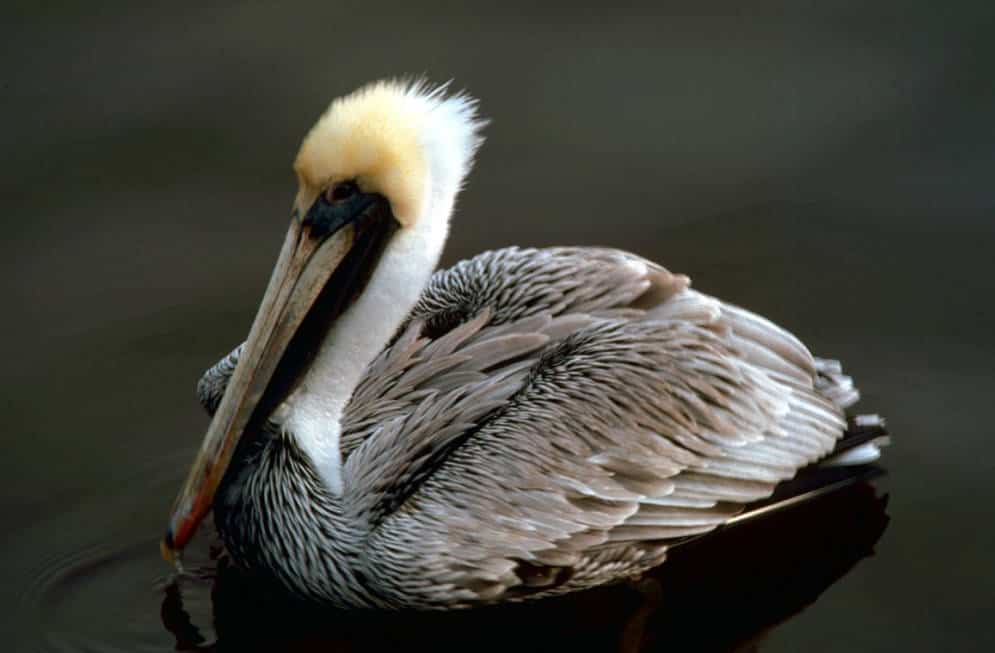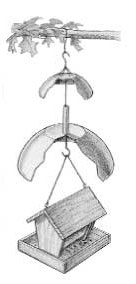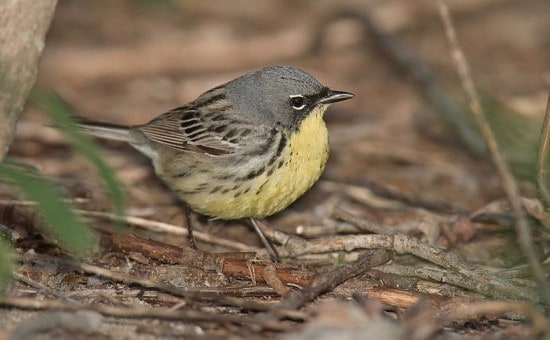What are the short- and long-term effects?
Whenever the April 20 explosion on the Deepwater Horizon oil rig off the coast of Louisiana is referred to as a tragic event, everyone within earshot nods in agreement. But use the word “catastrophe,” especially as we get farther from the July 15 capping of the well, and you may hear murmurings from some quarters that the environmental impact may not be quite on the scale that was forecast back in May, June, or July.
For the duration of the spill, birds received a significant share of the media coverage; images of pelicans floundering in pools of toxic sludge gave us a visceral connection with the events occurring hundreds or thousands of miles away. But now that those images are no longer prime fodder for the evening news, and 1,245 rescued birds have been cleaned and released, what do we really know about the toll on the birds and the full spectrum of environmental impacts? One would think we could turn to science to assess the damage. In this case, however, the science is lacking, and the range of opinion on how to interpret what little data we have is as wide as the Mississippi River and about as clear as its famously muddy waters.
One thing we can do is compare the data on dead birds in the Gulf of Mexico with those in what is now the second most famous oil spill in U.S. waters—the Exxon Valdez. In the gulf, about 210 million gallons of oil poured into the water during the three-month spill (or more correctly, leak). By contrast, the Exxon Valdez tanker that ran aground off the Alaska coast in March 1989 spilled much less oil—about 11 million gallons. However, the Exxon Valdez spill is estimated to have killed between 100,000 and 250,000 seabirds, 2,800 sea otters, 300 harbor seals, 247 bald eagles, and 22 orcas, as well as destroying billions of salmon and herring eggs. Data as of October 2010 from the gulf show that 8,184 dead birds had been collected, with more than 6,000 identified to species. Coastal seabirds such as gulls, pelicans, skimmers, and terns were hardest hit, with 4,514 dead birds collected. Among pelagic sea-birds such as shearwaters, gannets, boobies, cormorants, storm-petrels, sooty terns, and frigatebirds, 1,408 are known to have died.
“Coastal and pelagic seabirds caught the worst of it because they dive for food in open water,” said Dr. Jessica Hardesty Norris, director of the American Bird Conservancy’s (ABC’s) Seabirds Program. “This summer, thousands of them would have been diving through heavily oiled waters.”
Observations by ABC staff that journeyed to the Gulf of Mexico in July seem to confirm these figures, with many sightings of oiled brown pelicans, roseate spoonbills, leastterns, cattle and great egrets, and royal terns.
But why were so few dead birds counted in the gulf spill compared with the Exxon Valdez? Certainly, the weather conditions played a role in keeping oil away from sensitive wetlands, and the wide use of dispersants helped prevent oiling of significant numbers of birds. Part of the difference in the numbers, however, may be due to the difficulty of collecting or observing dead birds in the gulf spill, which occurred 40 miles offshore, compared with the Exxon Valdez spill which occurred less than a mile offshore. Furthermore, because of its proximity to the shoreline, the Exxon Valdez oiled about 1,300 miles of shoreline, whereas the Deepwater Horizon only oiled about 104 miles, with an additional 485 miles soiled with traces of oil and tar balls.




